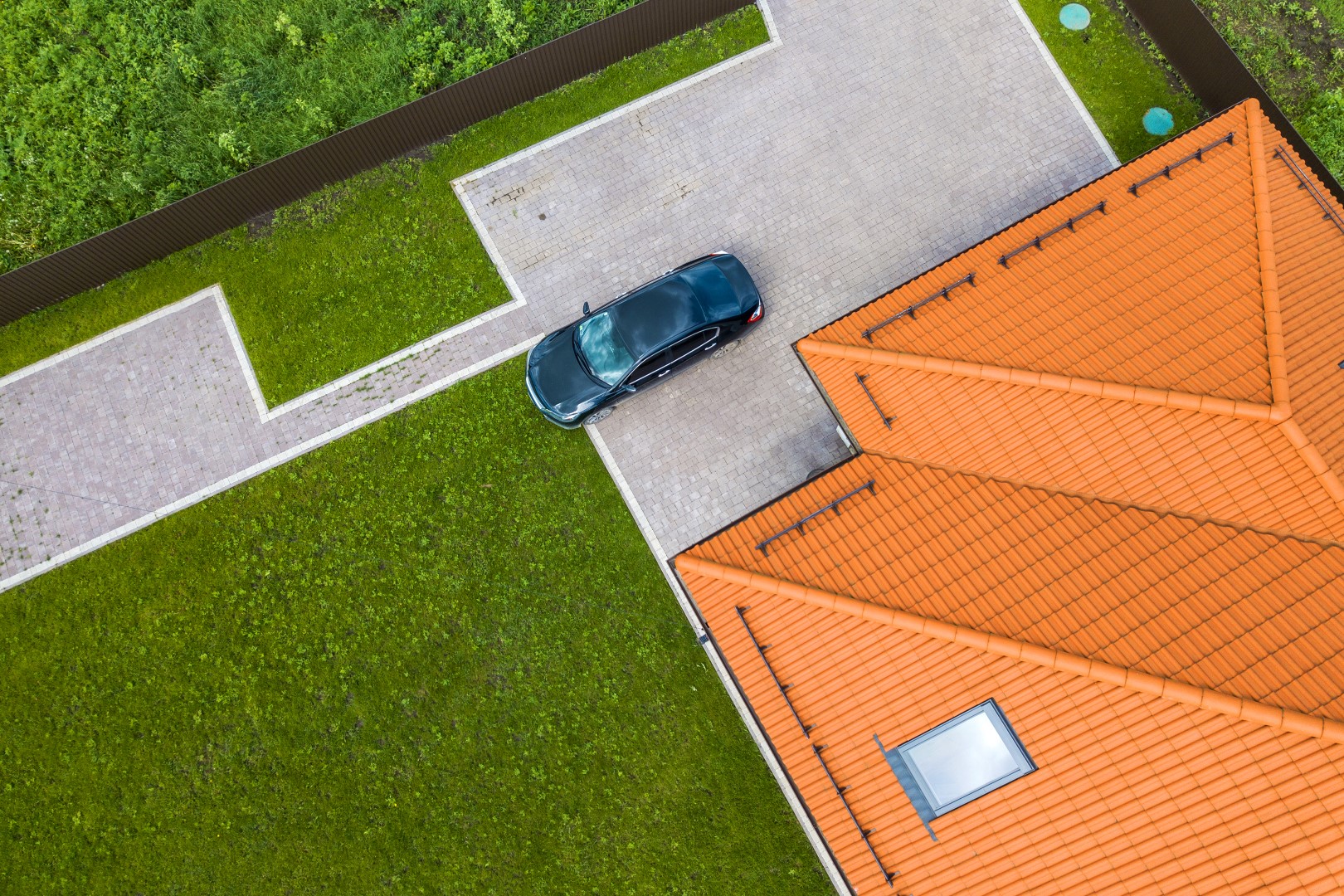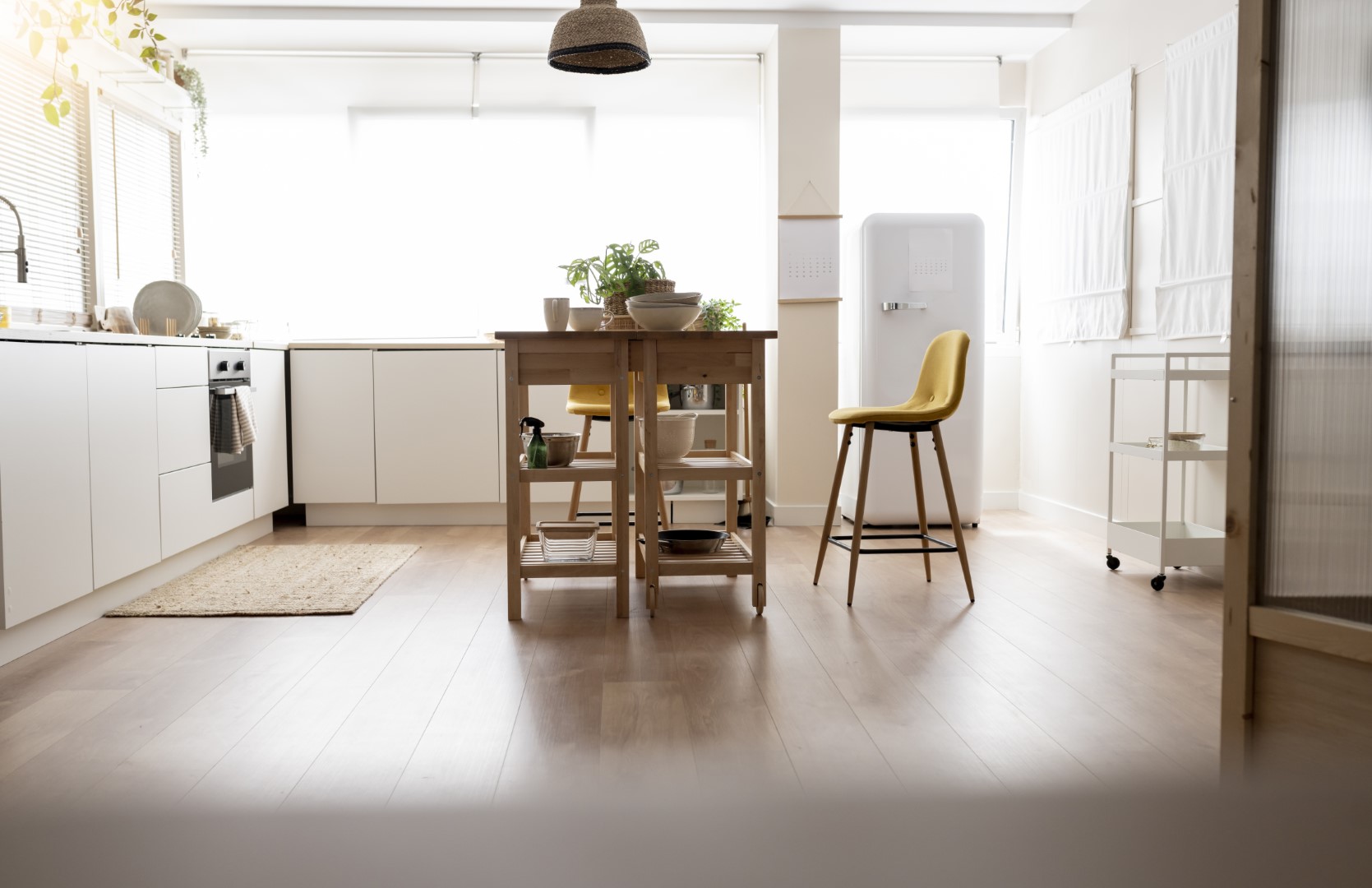As a first-time homeowner, navigating the various aspects of home ownership can be both exciting and overwhelming. While you may be focused on interior design, landscaping, and other aesthetic features of your new home, it’s essential not to overlook practical elements that contribute to the overall functionality and inclusivity of your property. One such often underestimated feature is the curb ramp. In this article, we’ll delve into the benefits of curb ramps and why they matter for all homeowners.
Enhancing Accessibility
One of the primary advantages of installing curb ramps is the enhancement of accessibility for all individuals. Curb ramps provide a smooth transition between the sidewalk and the street, making it easier for people with mobility challenges, parents with strollers, and cyclists to move seamlessly without encountering barriers. Smooth Curb and many installers have inclusive designs that ensure your property is welcoming and functional for everyone, regardless of their physical abilities.
Increasing Property Value
Investing in curb ramps is not just a step towards inclusivity; it’s also a smart move for increasing your property’s value. Homes with thoughtful accessibility features are often more attractive to a broader range of potential buyers. As the demand for accessible housing continues to rise, having curb ramps in place can set your property apart in the real estate market, potentially leading to a quicker and more lucrative resale.
Safety First
Curb ramps contribute significantly to the safety of your property. Uneven surfaces between sidewalks and streets can pose tripping hazards for pedestrians, particularly during adverse weather conditions. By installing curb ramps, you minimize the risk of accidents, creating a safer environment for both residents and visitors. This proactive approach to safety not only protects individuals but also reduces the likelihood of potential legal issues related to injuries on your property.
Future-Proofing Your Home
Considering the long-term perspective is crucial when making decisions as a homeowner. By installing curb ramps, you are future-proofing your property. As you grow older or if your family expands, having accessible features becomes increasingly important. Curb ramps ensure that your home remains functional and accommodating for all stages of life.
Compliance with Regulations
In many places, local regulations require homeowners to ensure their properties are accessible to all. While specific regulations may vary based on location, one widely recognized law that addresses accessibility is the Americans with Disabilities Act (ADA) in the United States.
The ADA, enacted in 1990, is a law against the discrimination of individuals that have disabilities and aims to ensure equal opportunities in various aspects of public life. This includes employment, transportation, and public accommodations. Title III of the ADA specifically addresses public accommodations, which include private entities that are open to the public, like businesses and certain privately-owned facilities.
Under Title III of the ADA, property owners are required to make their facilities accessible to individuals with disabilities, including ensuring accessible routes and entrances. Curb ramps play a vital role in meeting these requirements, as they provide a smooth transition between the sidewalk and the street, ensuring that individuals with mobility challenges can navigate public spaces independently.
Failure to comply with the ADA and similar accessibility regulations may lead to legal consequences, including fines and potential lawsuits. By proactively installing curb ramps, homeowners demonstrate their commitment to complying with these regulations, mitigating the risk of legal issues and fostering an inclusive environment.
Conclusion
Curb ramps may seem like a small addition, but their impact on your property’s accessibility, safety, and overall value cannot be overstated. As a first-time homeowner, investing in inclusive features like curb ramps not only aligns with ethical considerations but also positions your property as a welcoming and forward-thinking home in the real estate market. Prioritizing accessibility is not just a trend; it’s a lasting commitment to creating a home that truly serves everyone.
Discover more from Futurist Architecture
Subscribe to get the latest posts sent to your email.


![modern apartment [article_title]](https://www.futuristarchitecture.com/wp-content/uploads/2025/03/7-Mind-Bending-Ideas-to-Reimagine-Ottomans-as-Multi-Use-Mavericks-900x600.jpg)
![modern apartment [article_title]](https://www.futuristarchitecture.com/wp-content/uploads/2025/03/9-Bold-Tricks-to-Skyline-Your-Wall-Shelves-and-Tower-900x540.jpg)